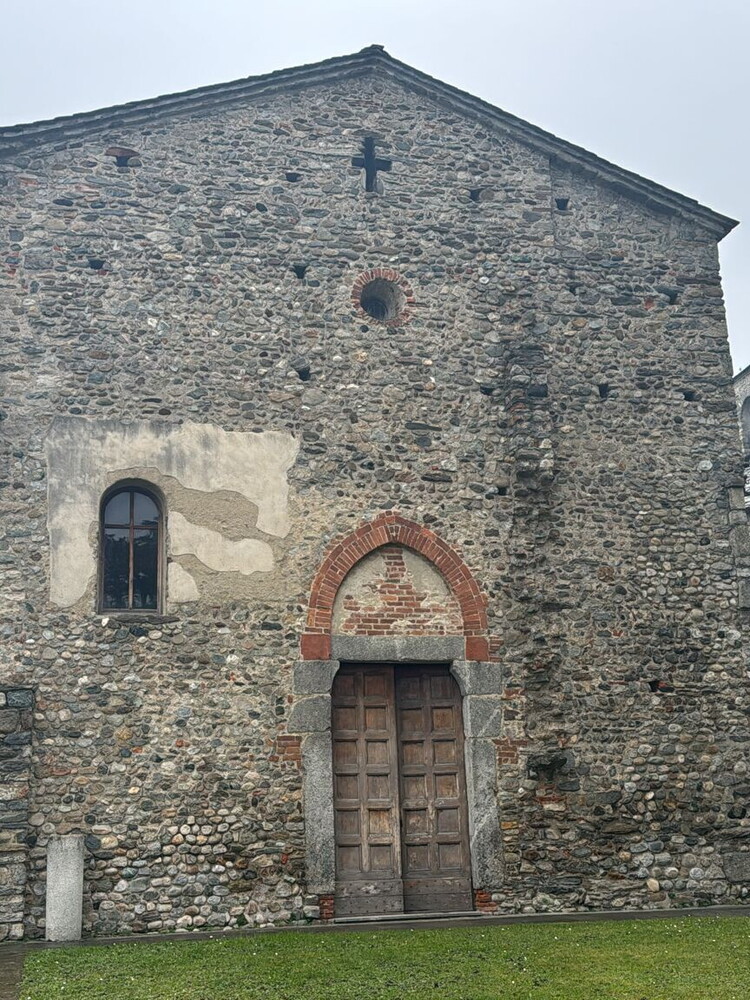Cantù, One of the historical capital of Italian basketball with a tradition in furniture and lace, it houses an authentic treasure that often escapes visitors to Brianza who crowd Como, just a dozen kilometers away: the monumental complex of Galliano, One of the most remarkable examples of Romanesque art of the whole of Lombardy.
The Basilica, on top of a green hill in the city, is dedicated to Saint martyr Vincenzo di Saragozza. It was founded in the early Christian era, in the fifth century, and enlarged as head-toe of the area in 1007 by Ariberto d’Intimiano, future bishop of Milan. The facade is simple, in pebbles and raw stones, and perimeter walls are crossed by a series of blind arches that lighten and slept the entire structure.
In Ariberto, the construction of the crypt, in which three local saints were buried, Adeodato, Manfredo and Savino, the raising of the presbytery and the frescoes of the entire central nave and the apsidal basin, must be built. In the apse and on the side walls you can admire the largest cycle of wall frescoes dating back to the thousand of the entire Northern Italy.
The unknown master knew how to combine the eastern culture of Byzantium and the late ancient western style. On the vault, Christ flanked by angels, prophets and saints is depicted while in the lower register the main episodes of the martyrdom of San Vincenzo are narrated. The stories of Sansone and Giuditta, St. Cristoforo and Santa Margherita and scenes of the Old Testament, refined testimonies of the Ottonian culture linked to the dynasty of Saxony who reigned on the Holy Roman Empire from 962 to 1024 develop along the .
The crypt is also decorated with symbols and frescoes including the venerated Madonna del Latte, perhaps from the beginning of the fourteenth century. On July 2, 1007 Ariberto consecrated the Basilica and dedicated it to San Vincenzo. The other architectural jewel is represented by Baptistery of San Giovanni Battista, erected towards the end of the 11th century.
In the past, the two buildings were connected to each other by a portico, destroyed with the collapse of the right nave of the church. After the 1100, the village of Cantù experienced a period of strong development at the expense of the most peripheral Galliano nucleus, which was gradually abandoned. The basilica was then transformed into a warehouse, and, subsequently, into a farmhouse until the purchase by private individuals and the deconsecration of 1801 even if the popular devotion for the image of the Madonna del Latte frescoed in the crypt was never less.
In 1909 the Basilica was sold to the Municipality of Cantù and began recovery with a long phase of restoration. In 1934 the building was reconsecrated by Cardinal Schuster and in May 1986, after a series of conservative interventions, the Basilica was reopened for worship. It can currently be visited on Friday (15-18), Saturday (9-12 and 15-18) and Sunday (15-18).
